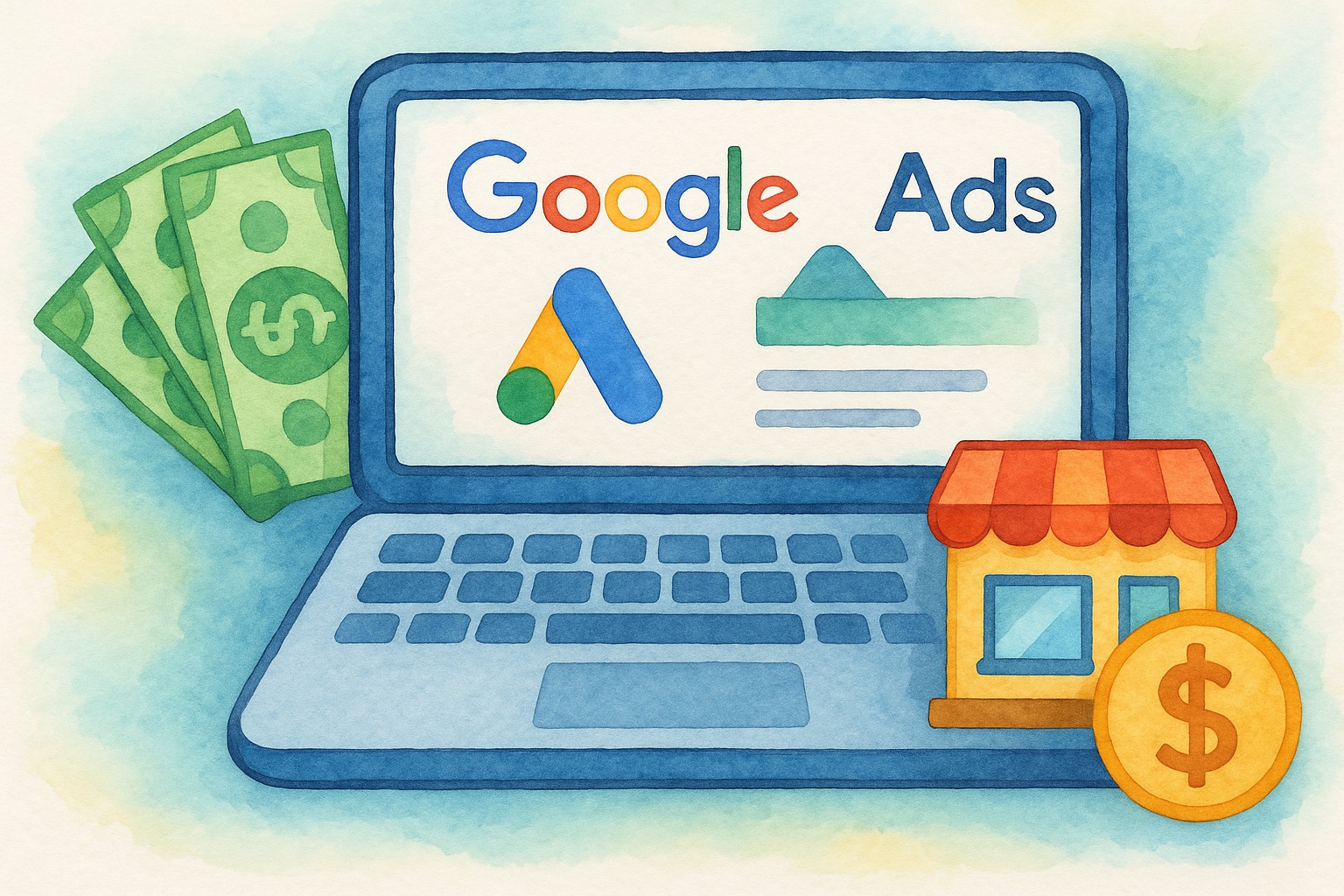Feeling overwhelmed by Google Ads costs and strategies for your small business in 2025? You’re not alone. It can be tough to know how much you should spend, how to get the most bang for your buck, and which strategies actually work—especially when every dollar counts. But here’s the good news: with the right approach, local businesses really can compete and get real results from Google Ads, even on a budget. Let’s break down what you need to know to make your advertising budget stretch further this year.
Affordable Google Ads Management: How Local Businesses Can Get Results in 2025
Understanding Google Ads Costs in 2025
First things first: it’s crucial to get a handle on what Google Ads are actually costing businesses right now. Prices can change quickly, but knowing the recent stats helps you set expectations and plan your budget more accurately.
For most industries, Google Ads operates on a pay-per-click (PPC) model. This means you only pay when someone clicks your ad. The cost for each click, or CPC, varies by industry, competition, and even the time of year. According to recent data, “In 2024, the average cost-per-click (CPC) across all industries on the Google Search Network was $2.96.” That’s a helpful benchmark, but keep in mind that some industries pay much more—”Industries like legal services have higher average CPCs, with legal services averaging $6.75 per click.“
How much should you expect to spend each month? “Small to medium-sized businesses typically spend between $1,000 and $10,000 monthly on Google Ads.” Of course, this range is broad, but it gives you an idea of what other businesses are investing.
The good news: the returns can be substantial if you’re strategic. “The average return on investment (ROI) for Google Ads in 2024 was around 200%, meaning businesses earned $2 for every $1 spent.” Not every campaign will hit that mark, but with smart management, Google Ads can absolutely pay off for local businesses.
Setting a Realistic Budget for Your Business
Now that you know what others are spending and what CPCs look like, it’s time to set your own budget. The biggest mistake small businesses make with Google Ads is either underinvesting and getting lost in the shuffle, or overspending without tracking results. The sweet spot is finding a budget that’s affordable but still gives you enough data to learn and grow.
Here’s a step-by-step approach to set your budget:
- Define your goals: Are you looking to drive website visits, get calls, or boost in-store visits? Your budget should align with your goals.
- Estimate your average CPC: Use the industry average ($2.96) as a starting point, but research your specific industry and location for more accurate numbers.
- Calculate desired clicks per month: If you want 500 clicks per month and your average CPC is $3, that’s $1,500/month.
- Start small and scale up: If you’re new to Google Ads, start at the lower end of the $1,000–$10,000 range. Monitor results, then increase your budget as you see positive ROI.
- Plan for testing: Set aside part of your budget to test new ads, keywords, or audiences. Testing is key to long-term success.
Don’t forget to factor in management costs—whether you hire an agency, a freelancer, or handle it yourself, time is money. And remember, consistency is key. A steady budget over several months beats a big one-time push every time.
Optimizing Ad Quality to Reduce Costs
Quality matters—a lot. Google rewards ads that are well-written, relevant, and useful to searchers with higher Quality Scores. The higher your Quality Score, the less you pay per click. That’s right: better ads can literally save you money on every click.
So, how do you boost your ad quality and lower your costs?
- Write compelling, relevant ads: Make sure your ad copy is clear, specific, and directly related to the keywords you’re targeting. Address the user’s need or problem right away.
- Use targeted keywords: Focus on keywords that match your services and what your customers are actually searching for. Avoid overly broad terms that attract unqualified clicks.
- Optimize your landing pages: Send users to a page that matches your ad and delivers on your promise. A high-quality landing page increases conversions and raises your Quality Score.
- Take advantage of ad extensions: Use callout extensions, sitelinks, and location extensions to provide more info and boost ad visibility.
Higher quality doesn’t just mean lower costs. It also means better results. “The average click-through rate (CTR) for Google Ads in 2024 was 6.42%.” That means more than 6 out of every 100 people who see an ad are clicking it—if your ad is relevant and well-crafted, you can beat that average and get even more eyes on your business for less.
Effective Targeting Strategies for Local Markets
One of the biggest advantages local businesses have is the ability to target ads super precisely. Instead of wasting money on clicks from people miles away, you can zero in on the folks who are actually likely to become your customers.
Here are some local targeting strategies that work:
- Geo-targeting: Set your ads to only show in specific cities, zip codes, or even a radius around your business. This keeps your budget focused on your true audience.
- Local keywords: Use keywords that include your city, neighborhood, or region. For example, “Brenham bakery” or “Houston emergency plumber.”
- Ad scheduling: Run ads during your business hours or when your customers are most likely to search. This can increase both click-throughs and conversions.
- Use Google My Business: Linking your Google Ads to your Google My Business profile can boost your visibility in local search results and maps.
- Leverage local events or promotions: Promote timely offers, like a July 4th sale or local festival, to tap into community interest.
These strategies help ensure every dollar you spend is reaching a person who’s actually nearby and likely to take action. If you want more tips like this, check out https://brenham.buzz for local business marketing insights.
Monitoring and Adjusting Campaigns for Maximum ROI
Launching a Google Ads campaign is just the beginning. The real magic comes from monitoring, learning, and tweaking your campaigns for better results over time. Even a modest daily budget can go a long way if you’re diligent about tracking and optimizing.
Here’s how to get the best return on your investment:
- Track key metrics: Monitor impressions, clicks, click-through rate (CTR), conversion rate, and cost per conversion. These numbers tell you what’s working and what needs improvement.
- Use A/B testing: Regularly test different ad headlines, descriptions, and landing pages. Small changes can make a big difference in performance.
- Adjust bids and budgets: If a campaign or keyword is performing well, consider increasing your bid or budget. If not, lower your spend or pause underperforming ads.
- Refine targeting: Use the data you collect to focus on the best-performing locations, devices, and audiences.
- Optimize for conversions: Make sure your website or landing page is set up to capture leads, calls, or sales. Test different forms, calls-to-action, and offers to see what converts best.
Remember, “The average return on investment (ROI) for Google Ads in 2024 was around 200%, meaning businesses earned $2 for every $1 spent.” The businesses that hit or exceed that average are the ones who pay attention to their data and aren’t afraid to make changes as they go.
In summary, affordable Google Ads management is within reach for local businesses in 2025. By understanding your costs, setting a realistic budget, focusing on quality, targeting your local community, and continuously optimizing, you can drive real results without breaking the bank. Stay curious, keep testing, and let your data guide you—your next great customer could be just a click away.


Leave a Reply